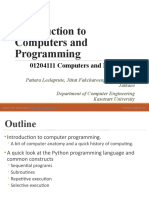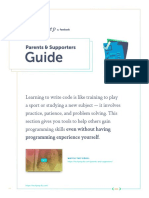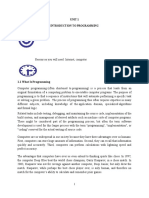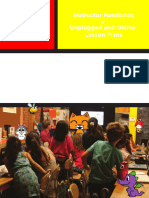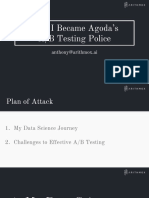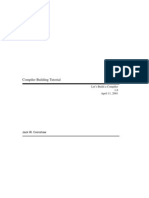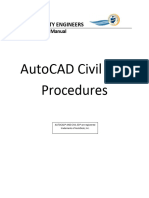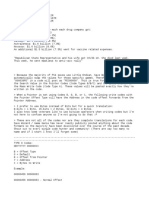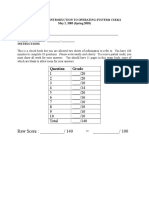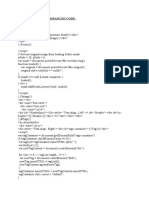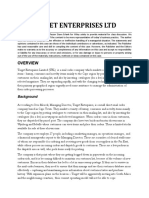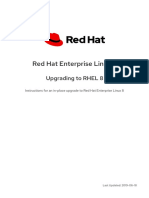0% found this document useful (0 votes)
12 views5 pagesBasic Programming Kids Pro 1
The document introduces the basics of computers and programming, explaining that computers process information by following precise instructions. It covers key concepts such as input, process, and output, and includes activities to reinforce learning, like programming a 'human robot' and understanding traffic light sequences. Additionally, it emphasizes the importance of clarity in programming and provides resources for further exploration.
Uploaded by
Sulthon Zainul HabibCopyright
© © All Rights Reserved
We take content rights seriously. If you suspect this is your content, claim it here.
Available Formats
Download as PDF, TXT or read online on Scribd
0% found this document useful (0 votes)
12 views5 pagesBasic Programming Kids Pro 1
The document introduces the basics of computers and programming, explaining that computers process information by following precise instructions. It covers key concepts such as input, process, and output, and includes activities to reinforce learning, like programming a 'human robot' and understanding traffic light sequences. Additionally, it emphasizes the importance of clarity in programming and provides resources for further exploration.
Uploaded by
Sulthon Zainul HabibCopyright
© © All Rights Reserved
We take content rights seriously. If you suspect this is your content, claim it here.
Available Formats
Download as PDF, TXT or read online on Scribd
/ 5




